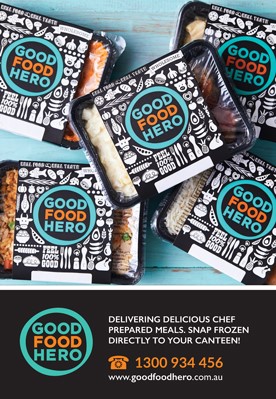The School Canteen Market
School canteen menus differ from other food services as each state/territory has a set of guidelines/policies which determine what can and cannot be sold.
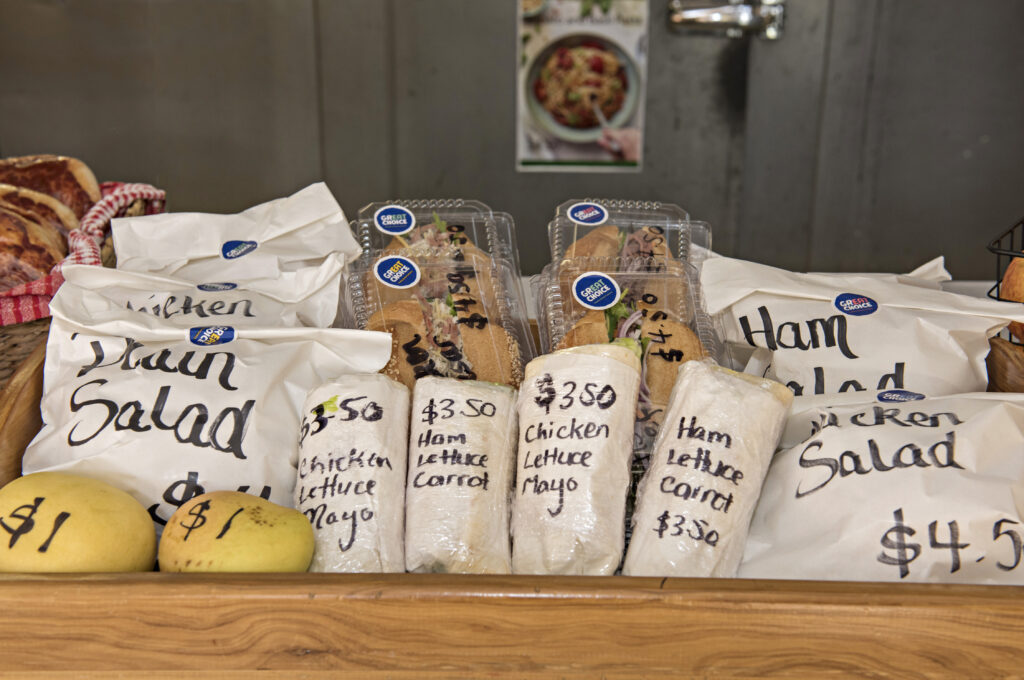
The canteen has the very important job providing healthy food and drink for students. This reinforces the nutrition messages being taught at school, shows that healthy foods can be delicious and exciting, and sets the foundation for healthy eating habits for life.
The School Canteen Market is Unique
- There are approximately 9,400 schools across Australia (see the Australian Bureau of Statistics for up-to-date statistics on the number and types of schools), however not all schools have a canteen.
- Management: Canteens can be school-run, P&C/P&F-run, or leased by private operators. Some schools have canteen committees which make the decisions about which products will be on the menu, so it can take some time to introduce new products into a school canteen.
- Profit: Some canteens are not profit-driven as they provide a service for students and staff; however, in many cases they aim to earn a profit, which is used for the benefit of the school or as revenue toward the business running the school canteen.
- Operation Time/Days: Each school is different. Some canteens operate before school, recess and lunch, 5 days a week. Other (usually smaller) schools have canteens that are only open once or twice a week.
- Seasonal changes: Canteens will often have summer and winter menus, so some products such as ice creams and hot meals will only be sold seasonally.
- Staff: Most canteens are operated by a combination of paid staff and voluntary help.
- Ordering systems: A number of schools now use online ordering systems, particularly for lunch orders.
What to consider before entering the school canteen market
Before entering the school market, we recommend doing research into the canteen marketplace.
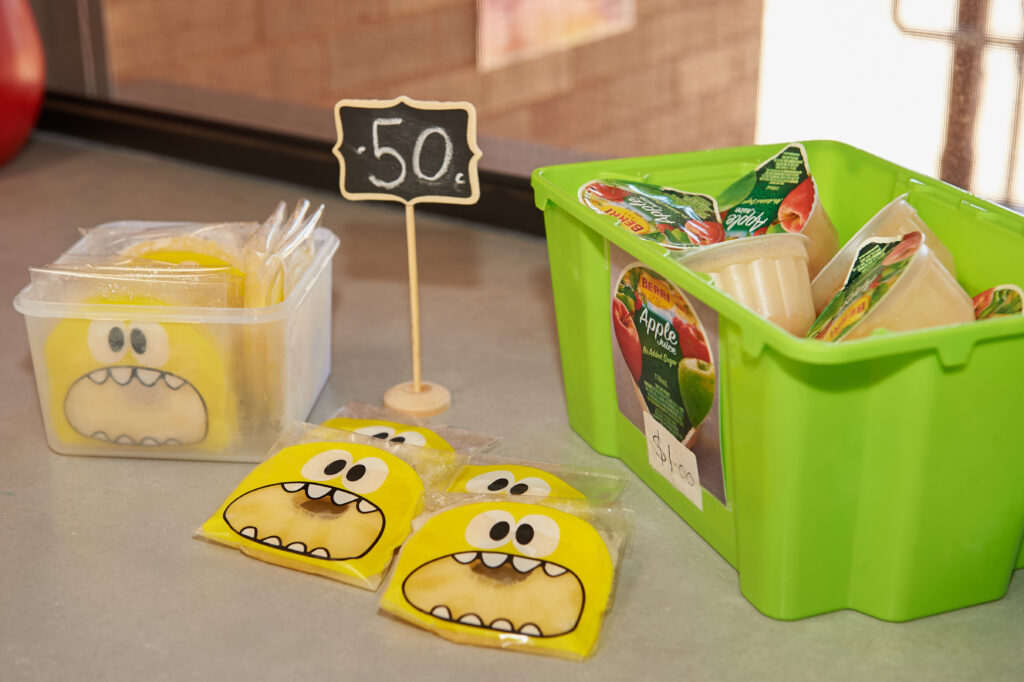
Price
- School students and parents are price sensitive, and are often not looking to spend more than a few dollars on a menu item.
- Students like to get value for money.
Distribution
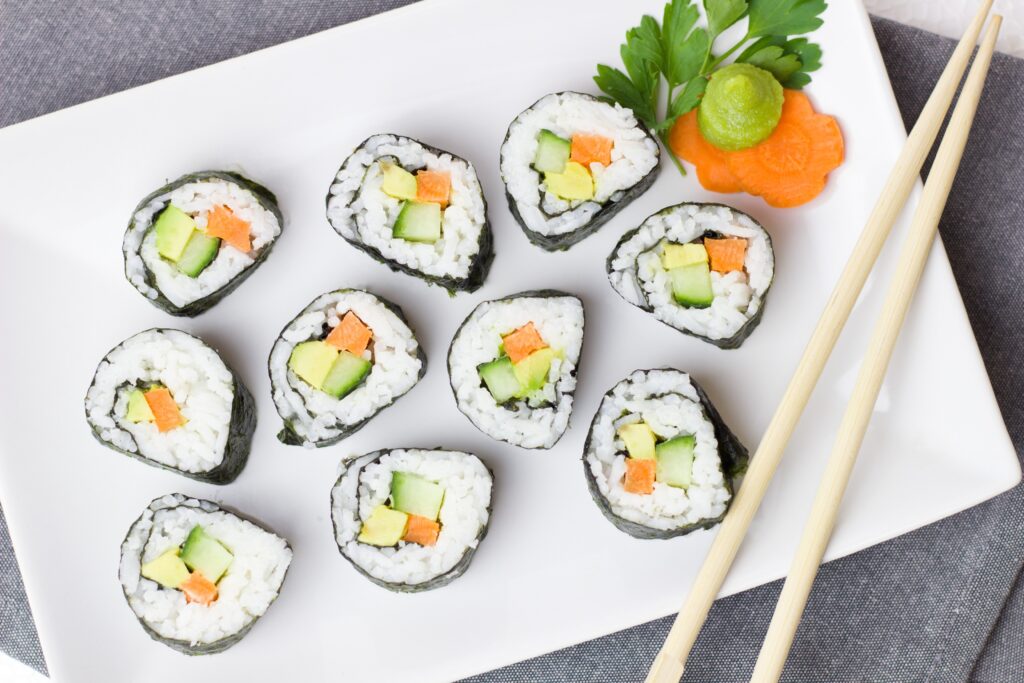
- School canteens like to buy from major distributors so they can minimise their suppliers and deliveries.
- Deliveries need to be during the opening hours of the canteen.
Products
- In NSW, products are either Everyday or Occasional. Everyday cereals require a Health Star Rating of 3.5 stars or more, and some products have a portion limit. All Occasional items have a portion limit and packaged products require a Health Star Rating of 3.5 stars or more.
- In the other states, products must be GREEN or AMBER to be sold in the school canteen.
- Sugar-sweetened drinks and frozen items cannot be sold in school canteens.
- Products are more likely to sell if they are visually appealing, well priced and not the usual lunch box offering.
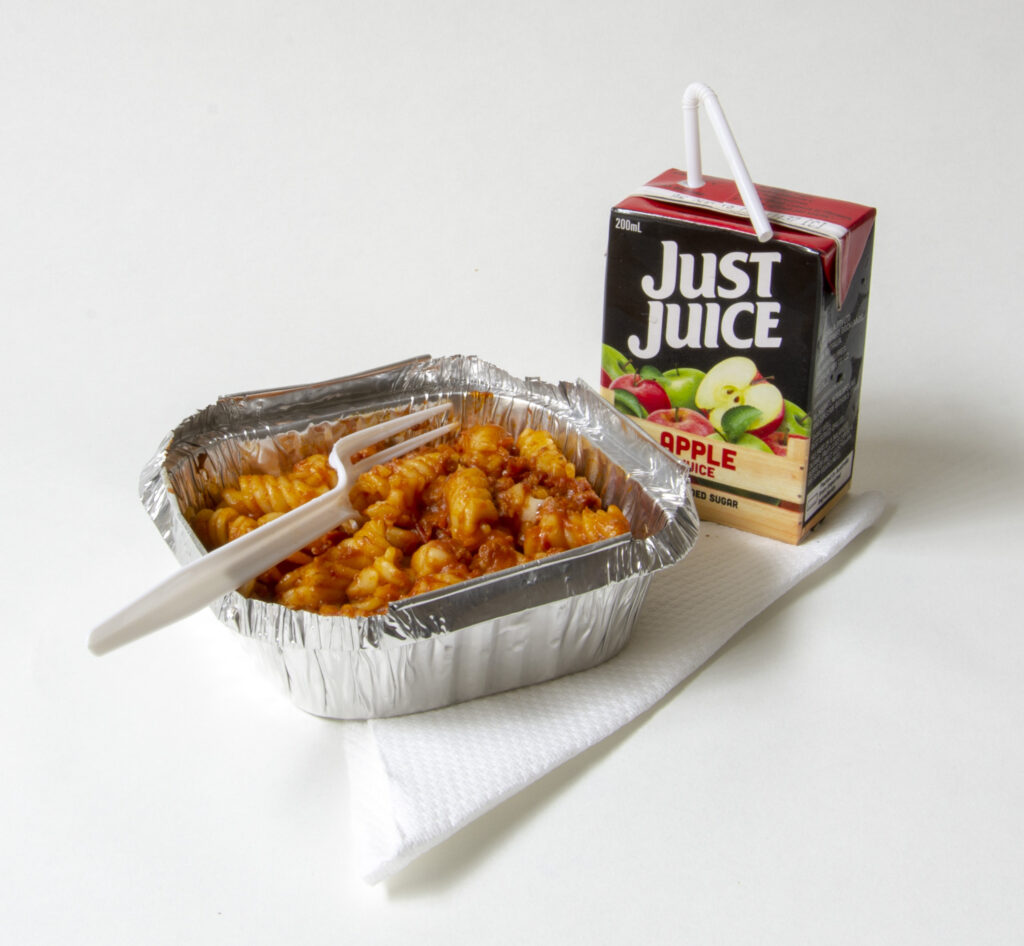
For the latest Food-Industry related information and updates from Healthy Kids, subscribe to our quarterly eNewsletter by clicking the link below.
